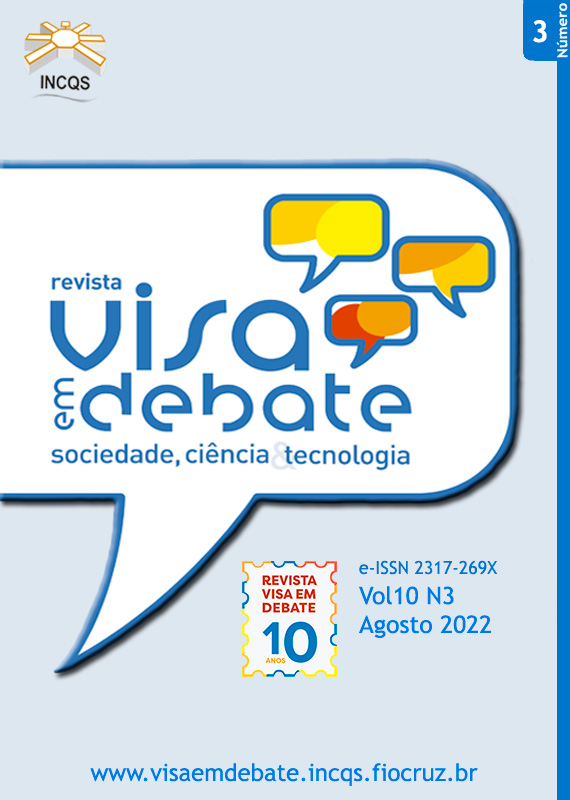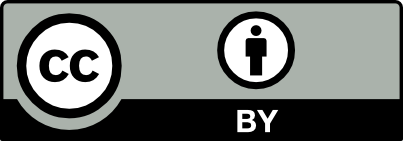Pharmacovigilance of compounded drugs - Part 2: Adverse event notifications and technical complaints in Brazil
DOI:
https://doi.org/10.22239/2317-269x.01996Keywords:
Pharmacovigilance, Compounded Drug, Pharmaceutical Compounding ServiceAbstract
Introduction: Compounded drug is a pharmaceutical preparation obtained by a pharmacotechnical procedure from a prescription of a qualified professional intended for an individualized patient, or whose formula is registered in the National or International Form. Objective: To describe the profile of notifications related to compounded drugs, reported to the National Health Surveillance Notification System (Notivisa). Method: Descriptive exploratory study, retrospective to the period 2006-2016, of the notifications of compounded drugs reported to Notivisa. Data were recorded and analyzed using the Excel program, version for Windows 3.5.4. Results: Of a total of 108,400 notifications referring to medicines in the studied period, 335 (0.32%) were related to reports of compounded drugs. Technical complaints (QT) obtained 90.40% of the notifications, while adverse events (AE) obtained 9.60%. The Southeast region was the main notifier (66.00%), and the state of São Paulo was responsible for 54.00% of the total notifications. Hospitals were the institutions with the highest frequency of notification (81.00%). It was possible to evaluate the reasons that generated the notifications, of which the changes related to the aspect of the pharmaceutical preparation were the predominant among the QT, while for the AEs, the adverse drug reactions stood out. Conclusions: The occurrences observed in the pharmacovigilance of compounded drugs are specific to each product with its particularities, although, what is sought is a pattern. In this way, such observation can prevent the occurrence of damages to the population exposed to similar situations, if it is duly notified and widely disseminated.
Downloads
Downloads
Published
Issue
Section
License
Copyright (c) 2022 Márcia Maria Barros dos Passos, Thamires Lemos Pimenta, Danilo Ribeiro de Oliveira, Zaida Maria Faria de Freitas, Mariana Sato de Souza Bustamante Monteiro

This work is licensed under a Creative Commons Attribution 4.0 International License.
COPYRIGHT ALLOWANCE The author (s) hereinafter designated as the ASSIGNOR hereby assign and transfer, free of charge, the ownership of the copyrights related to this ARTICLE to the Vigilância Sanitária em Debate: Sociedade, Ciência & Tecnologia (Health Surveillance under Debate: Society, Science & Technology) – Visa em Debate, represented by FUNDAÇÃO OSWALDO CRUZ, established at Av. Brasil, nº 4365, Manguinhos, Rio de Janeiro, RJ, Brazil, CEP 21045-900, under the conditions set out below: (a) The terms and conditions set forth in this Agreement shall apply to the following: 1. The ASSIGNOR declares that they s(he) is (are) the author (s) and owner (s) of the copyrighted property of the ARTICLE submitted. 2. The ASSIGNOR declares that the ARTICLE does not infringe the copyrights and / or other property rights of third parties, that the disclosure of images (if any) has been authorized and that they s(he) assume(s) full moral and / or property liability for its content, before third parties. 3. THE ASSIGNOR assigns and transfers all copyrights relating to the ARTICLE to the ASSIGNEE, especially the rights of editing, publication, translation into another language and reproduction by any process or technique. The ASSIGNEE becomes the exclusive owner of the rights related to the ARTICLE, and any reproduction, totally or partially, is prohibited in any other means of publicity, printed or electronic, without prior written authorization from the ASSIGNEE. 4. The assignment is free and, therefore, there will be no remuneration for the use of the ARTICLE by the ASSIGNEE.







